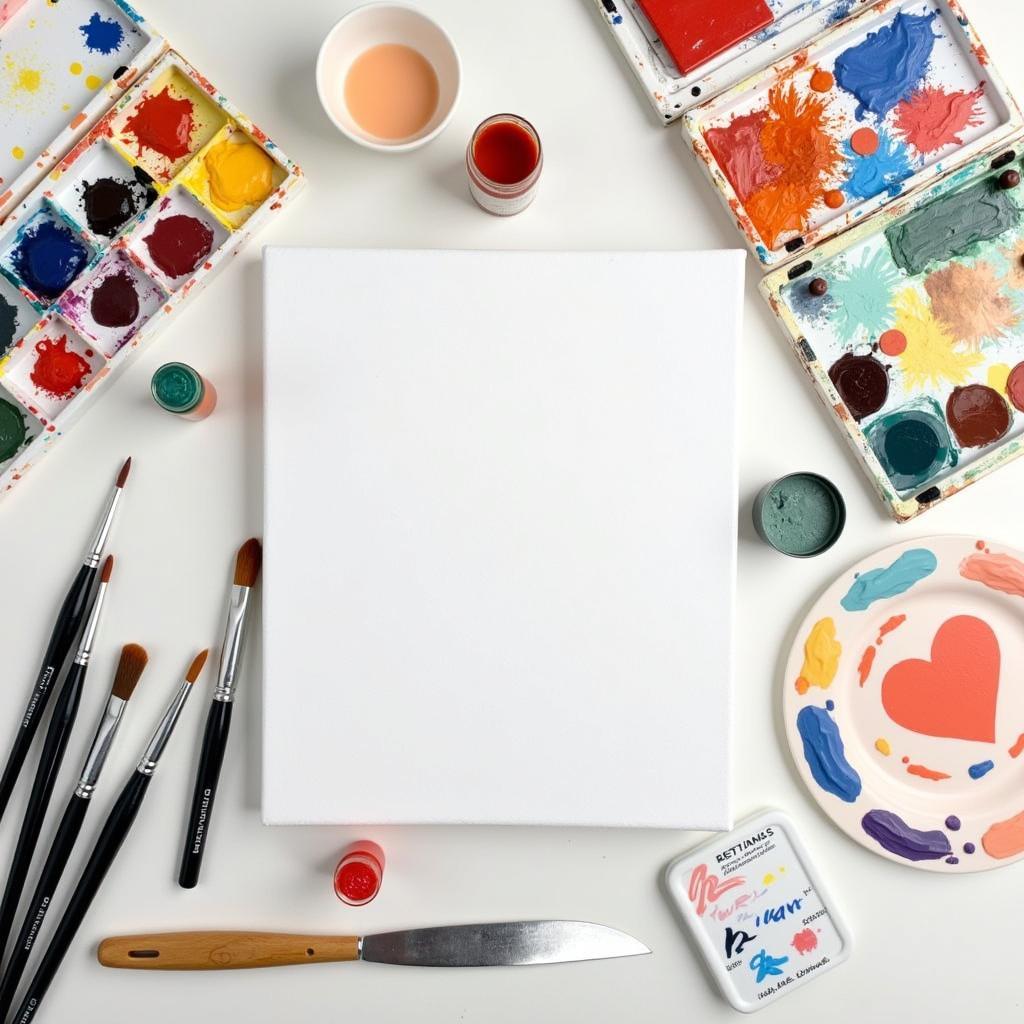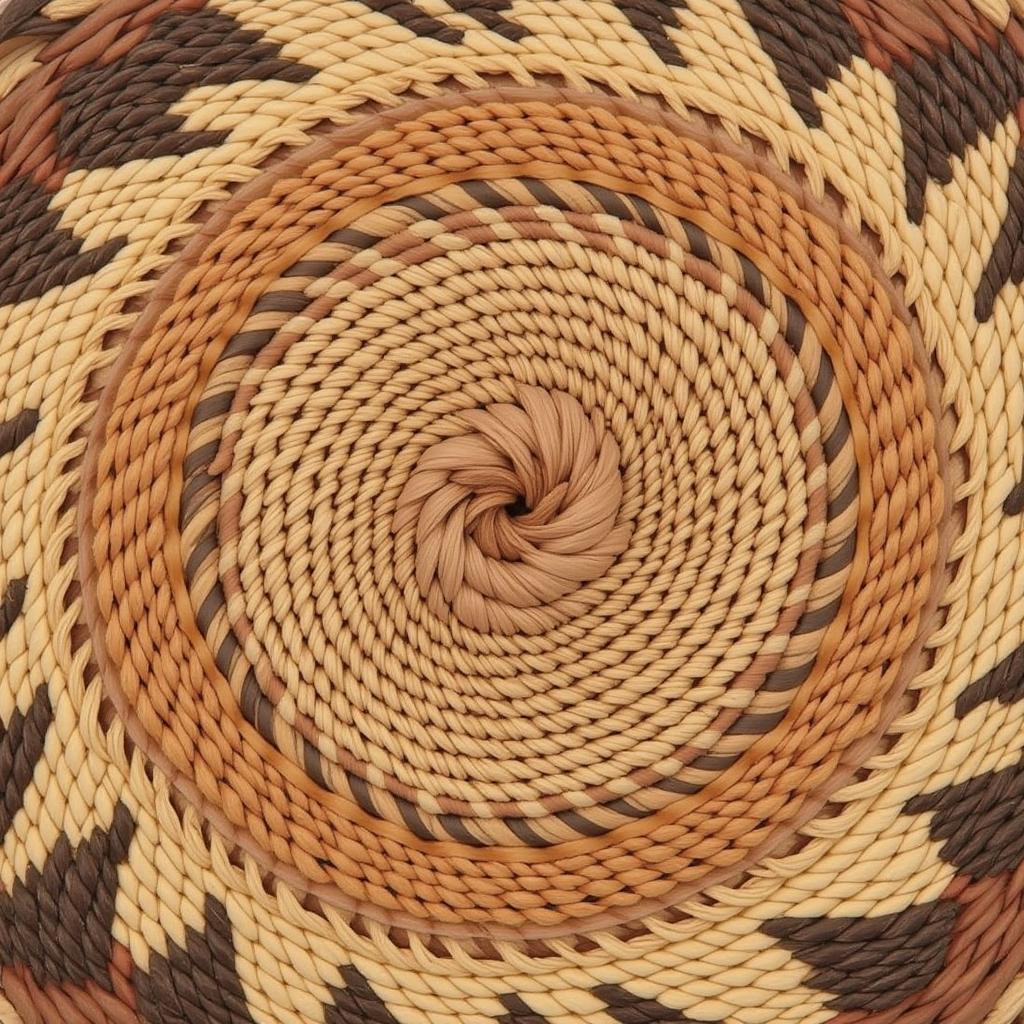Mastering the Art of Oil Paints
Oil paints offer a rich and vibrant medium for artists of all levels, from beginners exploring their creativity to seasoned professionals refining their techniques. Oil Paints Art has a long and storied history, captivating artists and art lovers for centuries with its unique luminosity and depth. This article will delve into the world of oil paints, exploring its fascinating history, essential materials, and techniques to help you unlock your artistic potential. Check out some inspiring landscape art oil for a burst of creative inspiration.
A Journey Through the History of Oil Paints
While often associated with the Renaissance masters, oil paints art’s origins can be traced back much further. Early forms of oil painting were used in ancient civilizations, with evidence found in Buddhist murals in Afghanistan dating back to the 7th century. However, the widespread adoption of oil painting as we know it today began in 15th-century Europe, particularly in Flanders. Artists like Jan van Eyck recognized the incredible versatility and expressive possibilities of oil paints, leading to its rapid spread across the continent and its eventual domination of the art world for centuries. Their meticulous techniques and stunningly realistic depictions revolutionized painting and cemented oil paints as the medium of choice for generations of artists.
Essential Materials for Oil Painting
Getting started with oil paints requires a few essential materials. High-quality oil paints are a must, available in tubes or sticks. You’ll also need a selection of brushes, varying in size and shape to achieve different effects. A palette is essential for mixing colors, and a palette knife is a helpful tool for both mixing and applying paint. Thinners and mediums are used to adjust the consistency and drying time of the paint. Finally, you’ll need a suitable surface to paint on, such as canvas, wood panel, or linen. Choosing quality vintage art materials can enhance your painting experience and the longevity of your artwork.
Oil Painting Techniques: From Basics to Advanced
There are numerous oil painting techniques to explore, each offering unique possibilities for artistic expression.
- Layering: This foundational technique involves applying thin layers of paint, allowing each layer to dry before applying the next. This builds up color gradually, creating depth and luminosity.
- Blending: Blending seamlessly merges colors, creating smooth transitions and soft effects. It is achieved by gently mixing wet paints on the canvas.
- Impasto: This technique involves applying thick layers of paint, creating texture and dimension. The impasto effect can add a dramatic and expressive quality to your artwork.
- Glazing: Glazing involves applying thin, transparent layers of color over dried layers, creating rich and complex hues.
 Beginner's Guide to Oil Paint Techniques
Beginner's Guide to Oil Paint Techniques
What are the advantages of using oil paints?
Oil paints offer several advantages, including rich color, blending capabilities, and slow drying time which allows for adjustments and blending. The slow drying time also allows for the creation of subtle gradations and smooth transitions between colors.
What surfaces are suitable for oil painting?
Canvases, wood panels, and linen are all popular choices for oil painting. Each surface offers unique textures and properties that can influence the final artwork. Exploring an art original oil painting can provide further insight into suitable surface choices.
How can I clean my oil painting brushes?
Cleaning your brushes after each painting session is essential for their longevity. Use a solvent like turpentine or mineral spirits to remove the paint, followed by washing with soap and water.
Tips for Beginners
- Start with a limited palette of colors to avoid feeling overwhelmed.
- Practice basic techniques before moving on to more advanced methods. If you love flower art, consider exploring modern art flower painting for inspiration.
- Don’t be afraid to experiment! Oil paints offer endless possibilities for creative exploration. If you are interested in cityscape art, you might enjoy exploring some Kansas City skyline art.
 Essential Tips for Oil Painting Beginners
Essential Tips for Oil Painting Beginners
Conclusion: Embracing the Beauty of Oil Paints
Oil paints offer a captivating medium for artistic expression, allowing you to bring your creative vision to life with rich color, depth, and luminosity. By understanding the fundamentals of oil painting and exploring different techniques, you can unlock your artistic potential and embark on a rewarding journey of creative discovery. So, pick up your brushes, embrace the beauty of oil paints art, and let your imagination flow.
FAQ
- What is the difference between oil paints and acrylic paints?
- How long does it take for oil paints to dry?
- What is the best way to store oil paints?
- Can I mix oil paints with other mediums?
- How can I varnish my oil painting?
- Where can I find online resources for learning oil painting?
- What are some common mistakes beginners make in oil painting?
Common Oil Painting Scenarios and Questions
- Scenario: Your oil painting is cracking. Question: What are the possible causes and how can I fix it?
- Scenario: The colors in your oil painting are muddy. Question: How can you achieve brighter and cleaner colors?
Further Exploration
For more insights into oil painting, explore articles on color theory, composition, and the works of master oil painters. Consider joining online communities and forums to connect with other artists and share your experiences.
Call us at 02462573573 or email us at [email protected] for 24/7 support. Visit us at Savico Megamall, 7-9 Đ. Nguyễn Văn Linh, Gia Thụy, Long Biên, Hà Nội 10000, Việt Nam.




